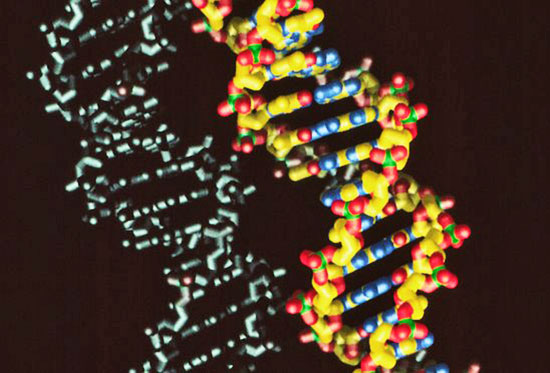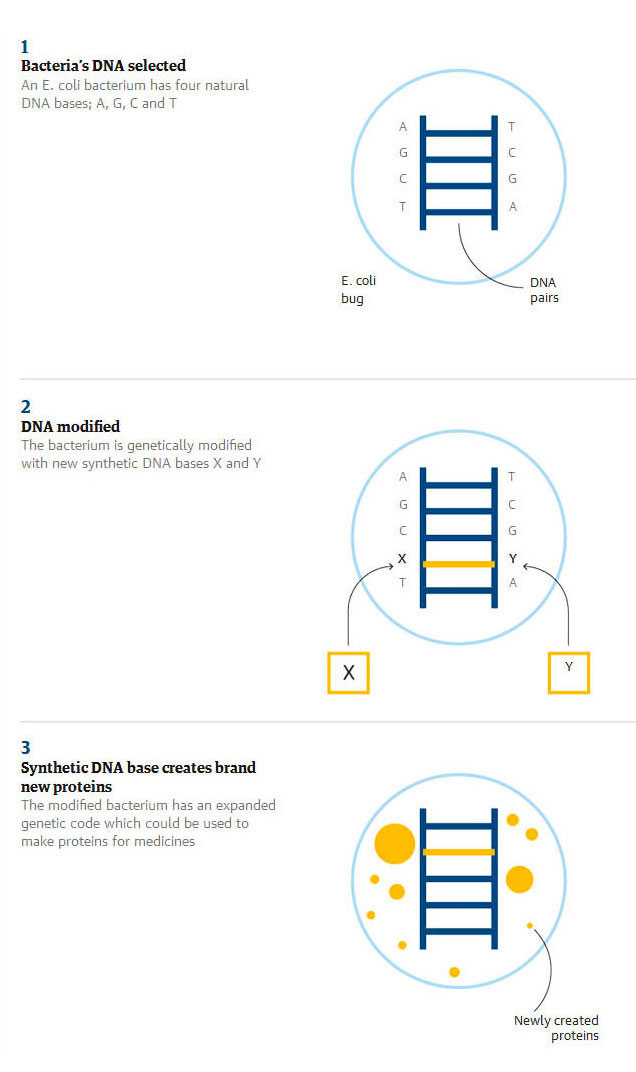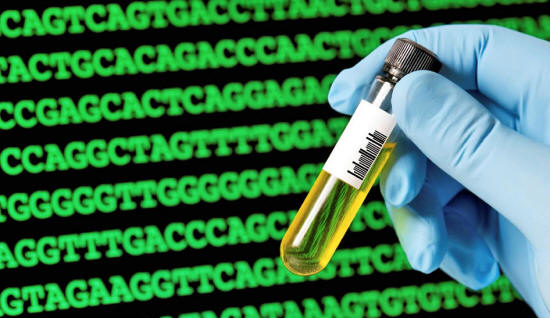|
from TheGuardian Website
Floyd Romesberg and his team have expanded the genetic code from four letters to six by adding two new molecules they call X and Y.
Photograph: Deco Images II / Alamy/Alamy
to carry an expanded genetic code which researchers say will ultimately allow them to be programmed.
With G, T, C and A - the
molecules that pair up in the DNA helix - the lines between humans
and all life on Earth are spelled out.
But the same technology
could also lead to new kinds of materials, the researchers say.
The cells constitute a,
How the new microbe was created
Guardian graphic
Floyd Romesberg and his team at the Scripps Research Institute in California expanded the genetic code from four letters to six by adding two new molecules they call X and Y and adding them to the bugs' genetic makeup.
The microbes are
modified to absorb the new genetic material which the scientists
make separately and then feed to the cells.
In the 1993 movie, Jeff Goldblum questions whether the park's dinosaurs might breed in the wild despite the fail-safes built into their genetic makeup.
It is not the first time Romesberg has made microbes with an expanded genetic alphabet.
In 2014, he announced the first such organisms, but these were sickly and soon died out.
He compares the situation to having proved he could generate electricity, but not put it to good use.
Over the past two years, his team worked out how to make the microbes hardier and pass on their synthetic genetic bases more faithfully when they divided.
If the X and Y are not passed on, the bugs' DNA quickly reverts to the standard four letter genetic code, he said. It took three crucial fixes for the microbes to survive and reliably pass on their new genetic material.
In one key improvement, Romesberg modified the microbe's immune system so that it destroyed any DNA that was missing the synthetic X and Y bases.
The end result, he says, is that the bugs can hold the new genetic material indefinitely.
For now, the synthetic bases do nothing other than survive in the microbes.
The next stage of the research is to have the microbes read the extra genetic material, and in the first instance, make new kinds of proteins that are not found in nature.
Details of the work (A Semisynthetic Organism Engineered for the Stable Expansion of the Genetic Alphabet) are published in the journal Proceedings of the National Academy of Sciences.
But he said that
the "real power" of the approach would be in making microbes that
carried multiple artificial DNA bases, or even a completely
human-designed synthetic genome, which the study suggested was at
least possible in principle. Romesberg said it was important for science to be explained to help "eliminate the fear of the unknown", adding:
|




